Beacon Mode
Beacon Mode is a flashing light that continuously blinks. The primary reason for the intermittent intervals between on/off is to lengthen the runtime of the light. It is a simple setting designed to attract attention for as long as possible. The reasons for attracting attention to the person carrying the light are many, however the feature is pretty universal in terms of its appearance. Any blinking light can be considered a beacon to anyone within its eyeline.
High end flashlights often come with various settings that help the user under different circumstances. Some settings are “must haves” and others are just “nice to have.” Beacon mode is generally one of those “nice to have” settings that aren’t going to change a person’s mind if the flashlight does or doesn’t come with it, however it could be life saving or just practical.
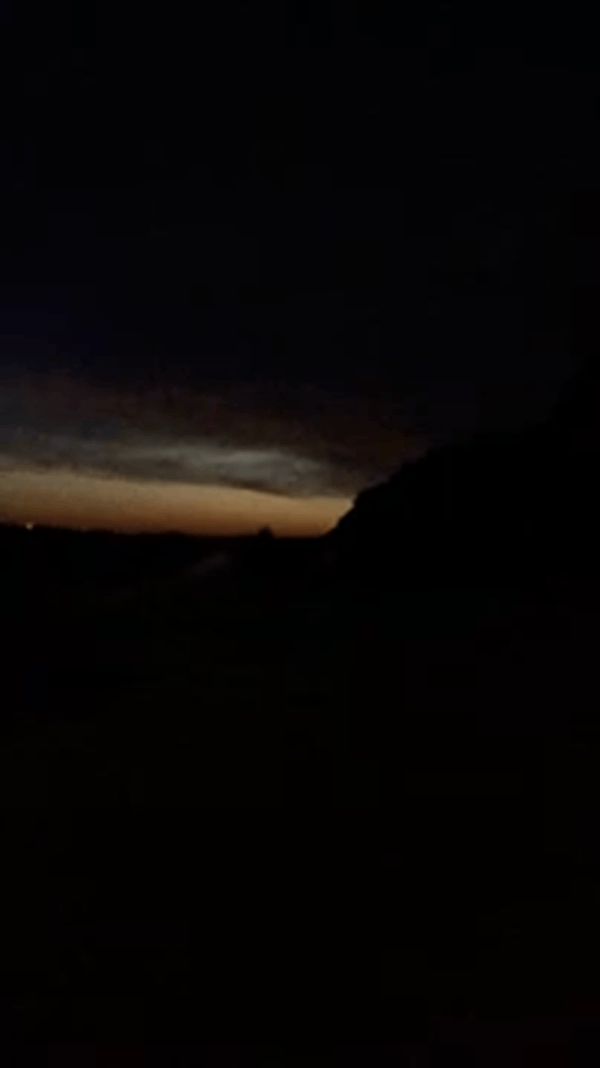
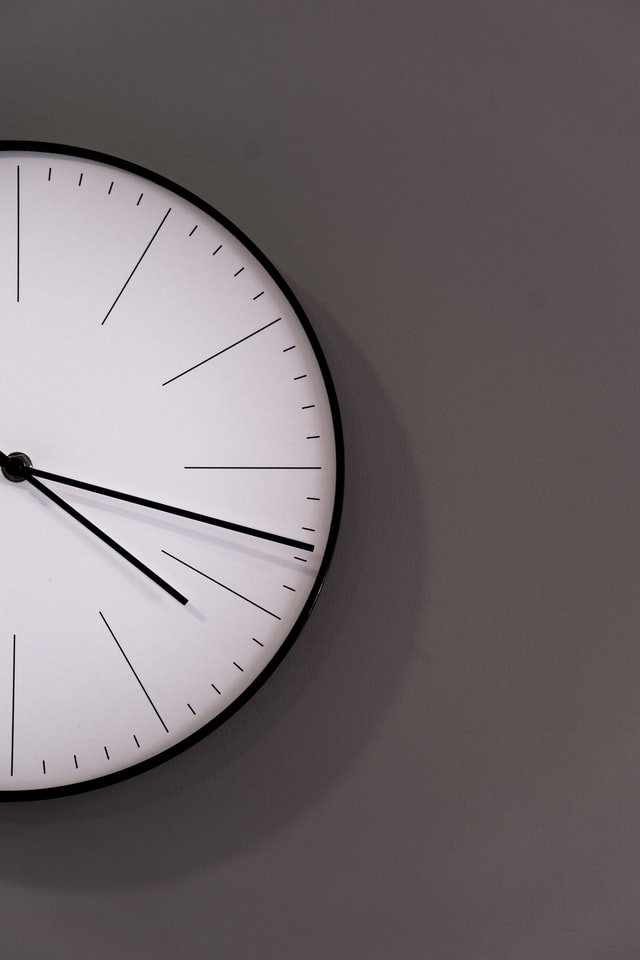
How long will beacon mode last?
This is a million dollar question with no definitive answer only because there are many variables that can affect the total runtime. Things like ambient air temperature, wind speed, humidity, and direct sunlight are examples of factors that can change the duration the beacon will last.
Nitecore’s beacon flashes every 1.62 seconds. This long interval helps reduce the flashlight temperature and helps keep the battery cool which extends the runtime. Depending on your flashlight, the beacon mode could easily last 1-3 days on its highest setting.
I should mention that flashlights are easiest to see from far away at night. While a high lumen flashlight can still be seen during the day, keep in mind that a 1-3 day runtime could last you weeks if you only ran the beacon during the times of day where someone would be more likely to see you.
When to use beacon vs SOS?
This is a very tough question. The SOS signal will communicate that you need help immediately, however the interval is faster than the beacon mode. This will reduce your flashlight’s runtime and should be taken into consideration when deciding which mode to use when trying to summon rescuers without a clear picture of how long that response will take.
First determine if anyone knows you are missing.
- Did you tell anyone where you were?
- Do they expect you to be back at a certain time?

If you are sure that someone is looking for you and who knows your general whereabouts, then you could use the beacon mode for communicating to a search party exactly where you are. This mode will give you the most runtime and improves your odds of being discovered and rescued.
If you are unsure that someone is looking for you or they do not know your whereabouts, then you should probably use the SOS mode to communicate your distress. The SOS signal, see here, is not known to the majority of people. Even if someone learned about it at one point, they may not have seen the signal for many years and will not know the difference between your SOS signal and your beacon. This means you could be wasting a lot of your battery due to the light flashing faster which requires more power.

How far away can my beacon be seen?
This is actually a very difficult question to answer precisely. One helpful metric is the flashlight’s throw or beam distance which measures the farthest distance a flashlight can still produce .25 lux. According to the BBC, the human eye can see a candle nearly 30 miles away on a perfectly clear day, so a flashlight capable of producing 50,000 candelas, aka candles, should be seen much farther away than 30 miles, about 20,000 miles, this isn't technically true.
A flashlight’s beam angle dramatically changes the theoretical power of a flashlight to appear at great distances. The floodlight and spotlight are types of flashlights with different beam angles. Spotlights range from around 5-22 degrees and floodlights ranging from 23-60. A floodlight will cover more square feet than the spotlight, but the light will be less concentrated in the spill zones. Ultimately, the candela/beam distance metrics will be better suited for determining the farthest distance the light can be seen, however the total surface area your flashlight covers should not be overlooked. The difference between a 5 degree spotlight and a 60 degree floodlight at 30 miles is 751 square miles, which means a 60 degree floodlight covers about 150 times more land than a 5 degree spotlight. This makes floodlights more practical for SOS/beacon signaling than a spotlight.
For your light to appear twice as bright at a given distance, you will need to multiply the candela by 4. https://www.led-resource.com/ansi-fl1-standard/
Factors that influence the distance that light can be seen?
The environment and atmosphere are always changing in either air pressure, humidity, time of day, pollen, dust, or pollution. The above mentioned are just a few examples that can influence how your flashlight performs when traveling a distance. When it comes to purchasing a device with the intent to save lives, making a claim on the distance the flashlight will be effective becomes extremely important. This is the main reason why claims are not made about how far away a flashlight can be seen, and it also isn’t a major factor in most people’s minds when purchasing a flashlight.

Factors that influence the distance light can be seen?
The environment and atmosphere are always changing in either air pressure, humidity, time of day, pollen, dust, or pollution. The above mentioned are just a few examples that can influence how your flashlight performs when traveling a distance. When it comes to purchasing a device with the intent to save lives, making a claim on the distance the flashlight will be effective becomes extremely important. This is the main reason why claims are not made about how far away a flashlight can be seen, and it also isn’t a major factor in most people’s minds when purchasing a flashlight.
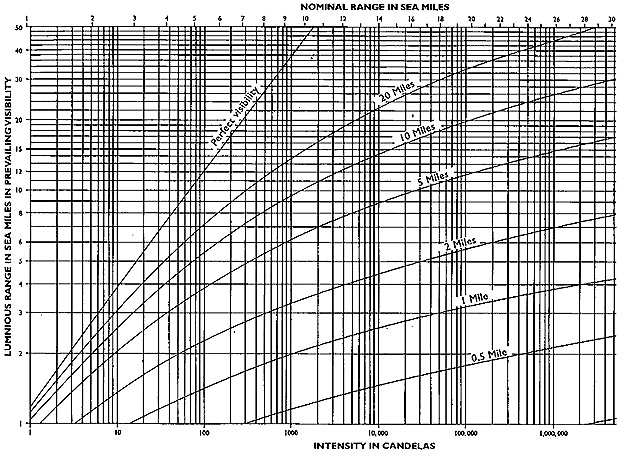
The chart above illustrates that even a 100,000 candela light cannot be seen more than 30 miles away in less than perfect visibility conditions. Use this chart as a reference for deciding which flashlight you will need for beacon or SOS visibility on a mountain or at sea. In heavy fog, even a 1,000,000 candela light cannot be seen 1 mile away.
Beacon Mode Saves Lives
This is a story about a hunter traveling with his son at night who didn't use a light to signal to other hunters in the area that they were people, not deer.
This is a video of a boater who was discovered by using a beacon light that helped a helicopter crew discover their location.
https://m.facebook.com/watch/?v=666573841458923&_rdr
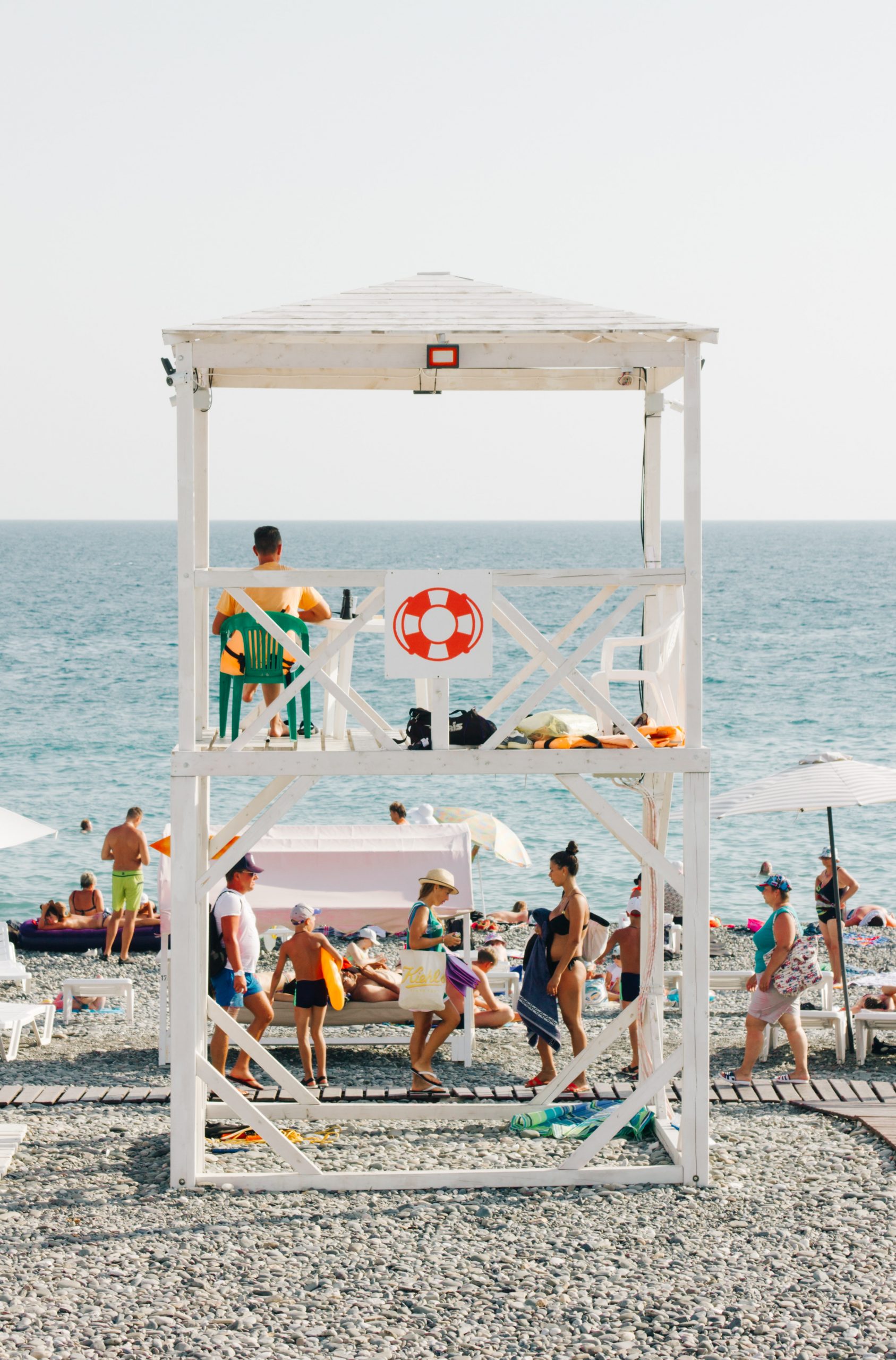
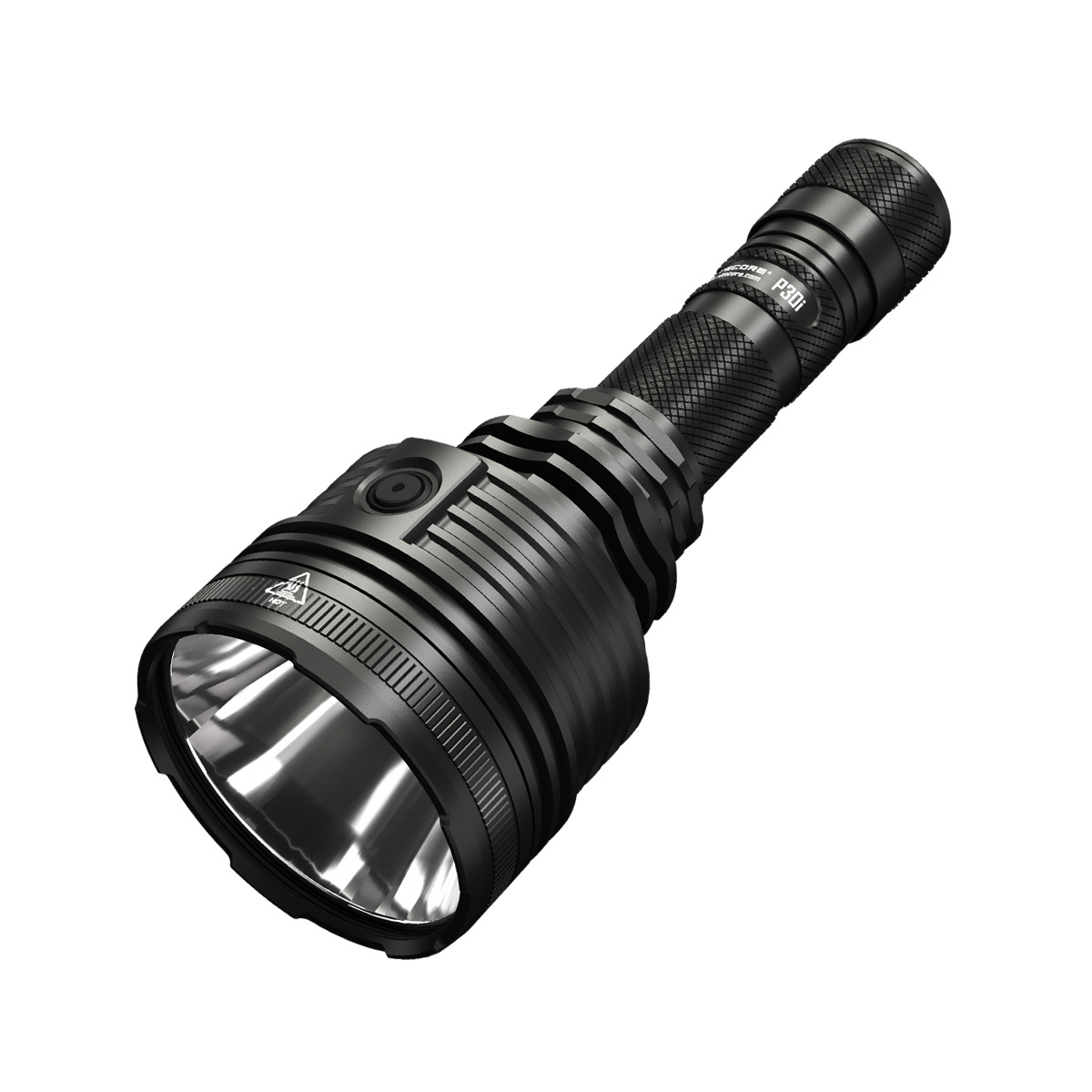
Best Beacon Mode Flashlight
The P30i
What makes the Nitecore P30i the best SOS/Beacon flashlight is it's whopping 250,000 candela rating. This flashlight can be seen anywhere from 100 yards to 20 miles depending on visibility. The wide lens focuses the light so intensely, which is what gives this flashlight the range necessary to be seen for miles, even during less than exceptional weather conditions.
